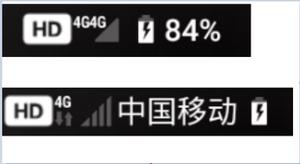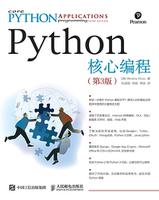在 Python 中交换操作后最小化汉明距离的程序
假设我们有两个整数数组,src 和 tgt,它们的长度相同。我们还有一个数组 allowedSwaps,其中 allowedSwaps[i] 包含一对 (ai, bi) 表示我们可以将索引 ai 处的元素与数组 src 的元素索引 bi 交换。(我们可以按任意顺序根据需要多次交换特定索引对处的元素)。正如我们所知,两个长度相同的数组 src 和 tgt 的汉明距离是元素不同的位置数。在对数组 src 执行任意数量的交换操作后,我们必须找到 src 和 tgt 的最小汉明距离。
所以,如果输入像 src = [2,3,4,5], tgt = [3,2,5,6], allowedSwaps = [[0,1],[2,3]],那么输出将是 1 因为 src 可以通过以下方式转换:交换索引 0 和 1,所以源 = [3,2,4,5],交换索引 2 和 3,所以源 = [3,2,5,4] . 这里 src 和 tgt 的汉明距离为 1,因为它们在 1 个位置不同:索引 3。
示例
让我们看看以下实现以获得更好的理解 -
from collections import defaultdict, Counterdef solve(src, tgt, allowedSwaps):
graph = [ n for n in range(len(src)) ]
def find(x):
while graph[x] != x:
graph[x] = graph[graph[x]]
x = graph[x]
return x
def union(x, y):
x1, y1 = find(x), find(y)
graph[x1] = y1
for x, y in allowedSwaps:
union(x,y)
groups = defaultdict(list)
for i in range(len(src)):
i1 = find(i)
groups[i1].append(i)
ans = 0
for ids in groups.values():
counter = Counter()
for idx in ids:
counter[src[idx]] += 1
counter[tgt[idx]] -= 1
ans += sum( abs(val) for val in counter.values())/2
return ans
src = [2,3,4,5]
tgt = [3,2,5,6]
allowedSwaps = [[0,1],[2,3]]
print(solve(src, tgt, allowedSwaps))
输入
[2,3,4,5], [3,2,5,6], [[0,1],[2,3]]输出结果
1
以上是 在 Python 中交换操作后最小化汉明距离的程序 的全部内容, 来源链接: utcz.com/z/360742.html





